Whether or not plants and living things improved by "genetic recombination technology", and what is the future way?

Mankind who got the method of freely recombining genes, which are the blueprints of all living things, has just stepped into "the area of God" and has produced crops preferred for cultivation like "genetically modified crops" . A movie asking such a question whether there is no problem with using such genetic recombination technology or how it is expected to be utilized in the future will be made public by "Kurzgesagt - In a Nutshell" which explains various problems It is.
Are GMOs Good or Bad? Genetic Engineering & Our Food - YouTube
Scientific discussions are taking place with regard to "GMO" which means "genetically modified organisms" including crops and livestock in general.
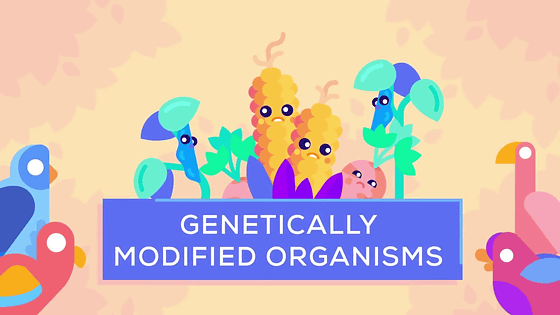
However, this type of problem is often accepted in the field of medicine, why is it unlikely that the view on denial is getting stronger when it comes to food?

· What is nature?
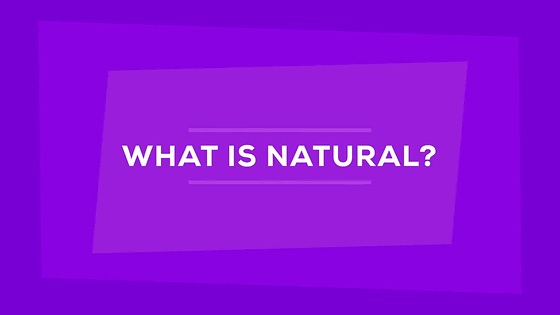
Mankind has been living a life of raising crops and making it food as it is in history. And among them, improvements have been made to produce more excellent varieties.
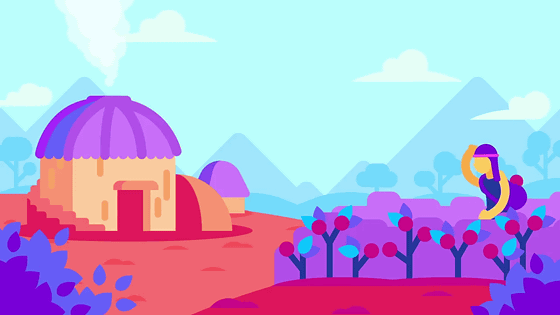
For example, this is a breed improvement that allows you to cross two seedlings with different advantages and harvest more crops.
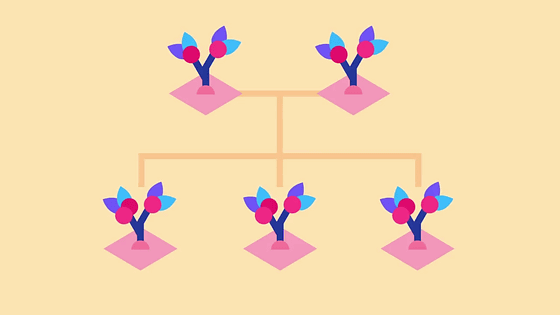
Such breed improvement is deeply involved in the history of agriculture of mankind. By repeating improvements seeking more crops, it can be said that mankind has built an environment more suitable for survival.
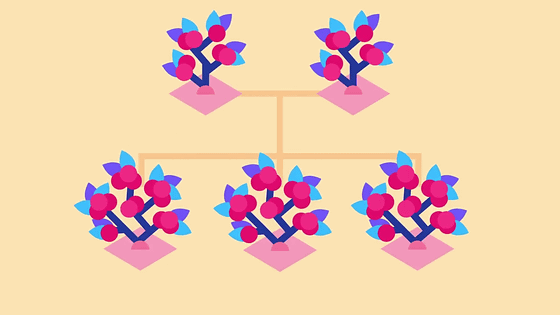
It is no exaggeration to say that crops and livestock of exactly the same state as the past no longer exist in the transition of generations over several thousand years.
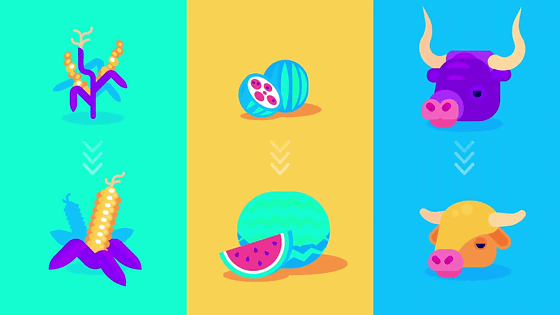
Mating with breeding varieties and making new varieties ... ...

What makes it different from manipulating genes to create new varieties?
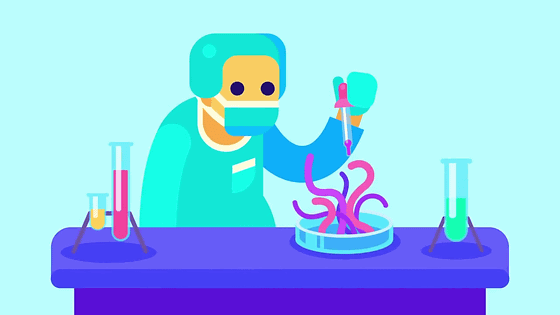
In the conventional method, we have created many varieties and left only good ones ... ...

Genetically engineered crops can express desired aims by recombining genes.
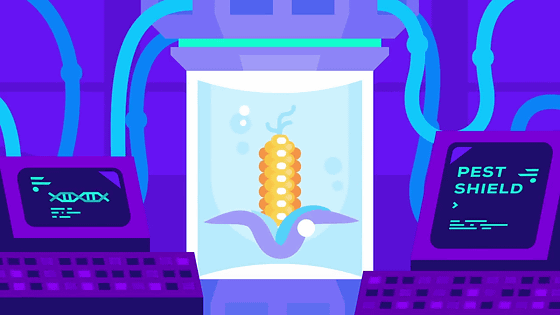
"Is genetically modified crops a bad thing?"

In regard to genetically modified crops, the situation where opposing opinions and opinion of opinion are in conflict from a straight line. Let's first look at the idea of the denial.
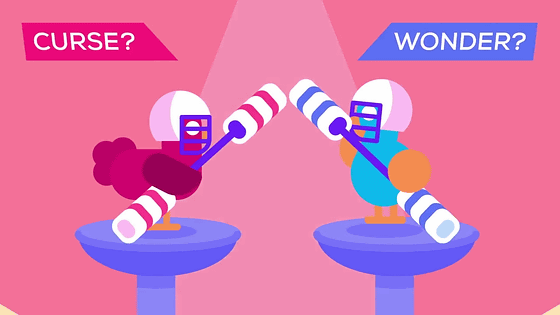
One thing that the denials are worried about is that there is a possibility that varieties with unexpected properties may be born by crossing genetically modified crops and crops that are not mutated in some way It is a problem.

However, this problem can be avoided by using "terminator seed". Terminator seeds are seeds deprived of reproductive ability, so even if mating occurs, they do not germinate from their seeds.
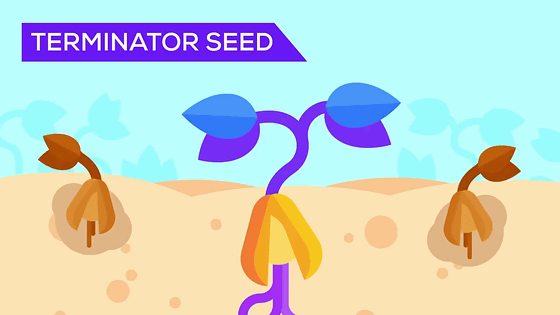
On the other hand, if you use this terminator seed, farmers need to purchase new seeds every year from a seed company. As a result, they are receiving violent opposition from farmers, and it is not a situation that is not popular.
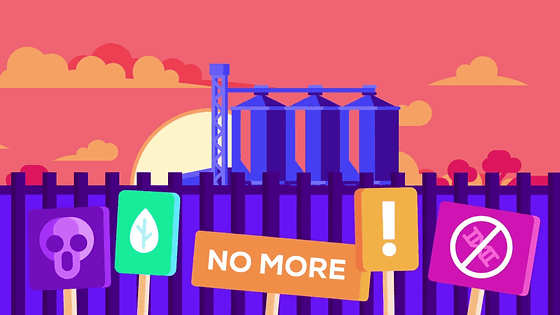
Also, in the past, there was a case that genetically modified crops grew in the wind, etc. and grew in unintended places.

However, in order for plants to survive generations of generations, a certain number must be gathered.

Moreover, in order to prevent such a situation from happening, there is a method to prevent the physical propagation to other areas by creating an isolated environment by establishing a "buffer zone (interluption zone)" Thing.

Here one question arises. If it is said that genetically modified crops and non-genetically modified crops can be crossed without problems in particular ...

What is the difference between foods born from these two varieties?
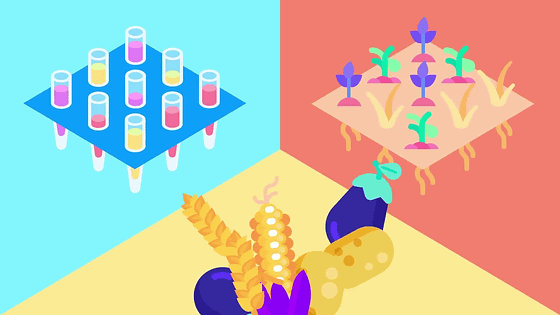
Improved genetically modified crops for foods are being tested for possible dangerous goods and evaluated by multiple agencies.
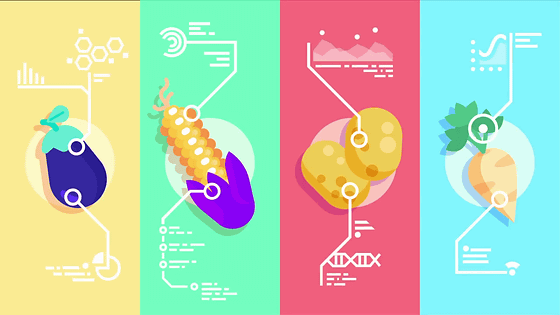
As a result, it is concluded that the risk of food present in genetically modified crops is at the same level as non - genetically modified crops.

Conversely, what about improved varieties to have toxicity?
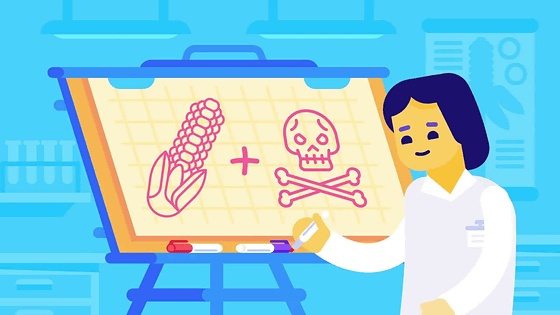
Among the genetically modified crops, there are varieties that have been modified to have toxicity only to pests that cause damage to agricultural crops.

This varietyPest-resistant cropsOr "BT crops", and when pests eat this crop ... ....
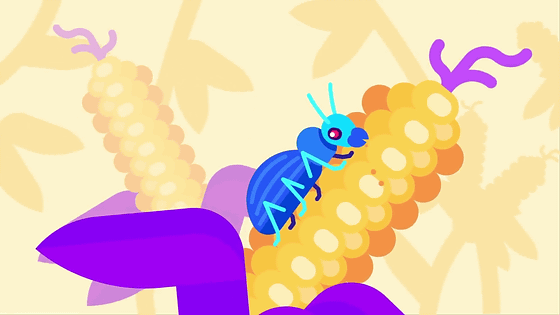
A reaction that does not occur in other living organisms occurs in the body ......
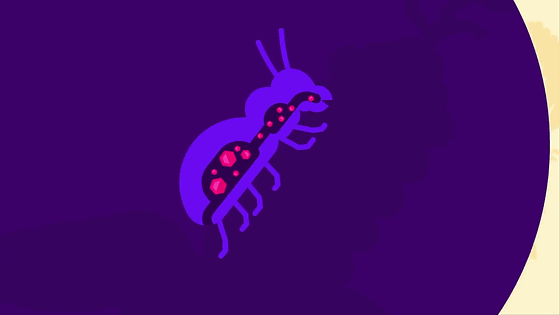
It is designed to demonstrate insecticidal action by destroying body tissues.

Although "Although there is no influence on the human body", worry does not completely disappear after all. If it is an agricultural chemical such as an insecticide, it can be almost removed by washing after harvesting ... ...
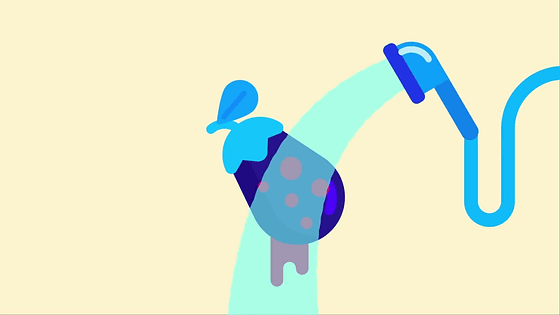
In the case of BT crops whose characteristics are incorporated in the gene itself, no matter how much cleaning is done from outside it its ability will not be eliminated.

But again, worry is useless. This is because it has features that have attacking power only for certain creatures.
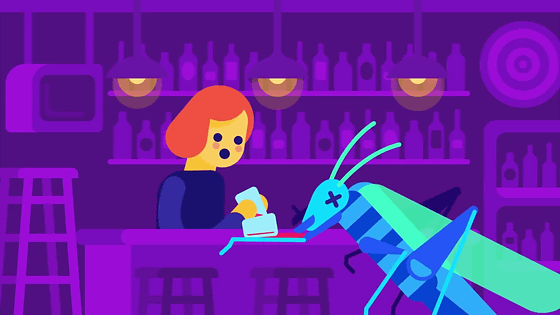
For example, human beings drink coffee, but the ingredients of coffee demonstrate strong aggression against insects and others.
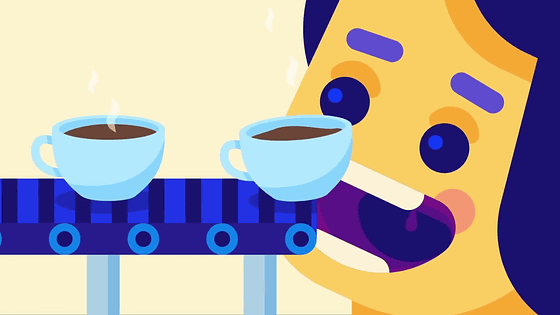
Chocolate is not for dogs, but humans can taste chocolate and eat.
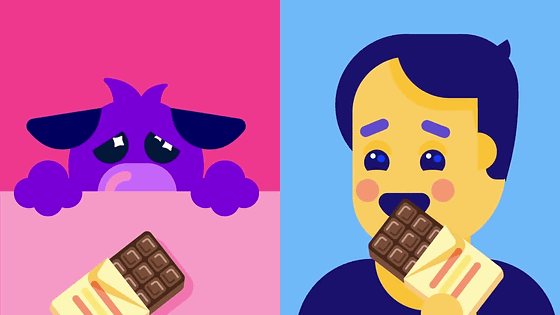
A BT crop produces toxicity by digesting a specific protein called "BT protein" in the digestive system of insects and exerts aggression. There is no reaction to make this BT protein demonstrate toxicity in the human body, so no matter how much you eat it will not cause problems.

Patterns that make the best use of this property in reverse. By manipulating genes it is possible to produce varieties that are resistant to herbicide ingredients and maximize the function of herbicides during growing.

However, there are also industries that generate great profit by this.
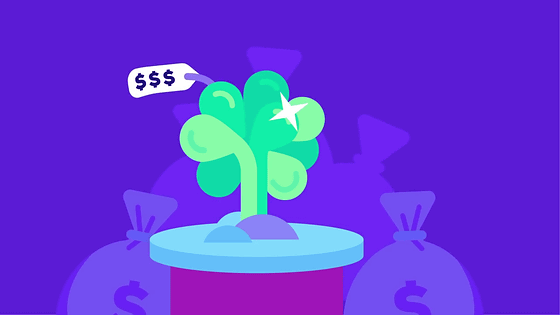
Ninety percent of the commodity crops grown in the United States are varieties resistant to herbicides. As a result, companies that sell herbicides have made huge profits.

Herbicide is not necessarily bad, as it has less effect on the human body. However, as farmers rely on a specific type of cultivation method, there are voices that cast doubts on the way of agriculture itself.

By adopting such a method, criticism that the way of agriculture is "business" itself is being cast.

We need to make agriculture sustainable. Genetically modified crops may help with attempts to protect nature while reducing the impact on the environment.
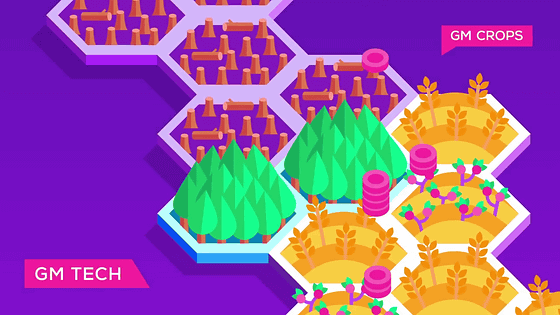
Benefits of genetically modified crops

Let's see a good side of genetically modified crops here. In Bangladesh, eggplant is a precious agricultural crop that raises many profits.

However, occasions where crops were damaged by plague occurred frequently. Every time I spray the insecticide etc, but the drug is expensive, it can not be easily purchased, and the situation that the farmers hurt the health has come about.
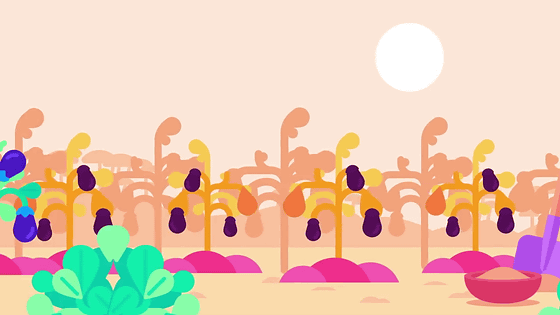
However, what changed such a situation was a genetically modified eggplant introduced in 2013.
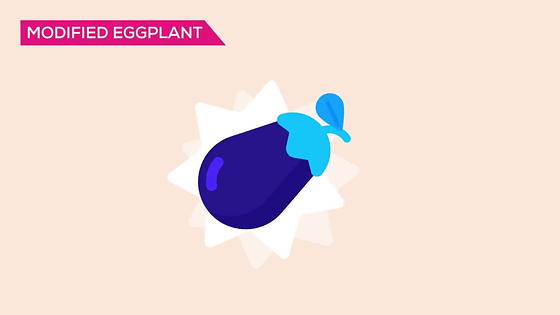
This eggplant having the same function as the BT crop as mentioned above suffered a sharp decline in damage to pests ......

We reduced the use of insecticides by 80%.
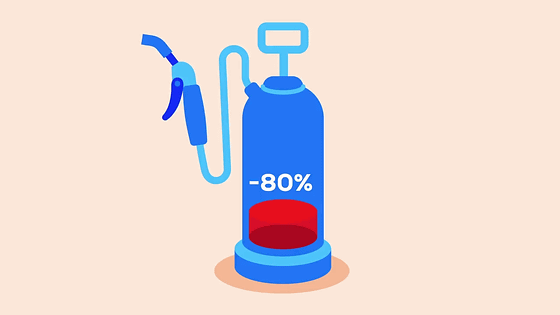
And the health condition of the farmers was improved, the income increased dramatically.
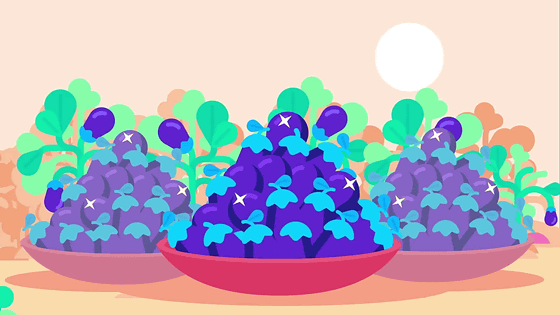
There have also been cases where genetically modified crops are the only option. One such example is happening in Hawaii.
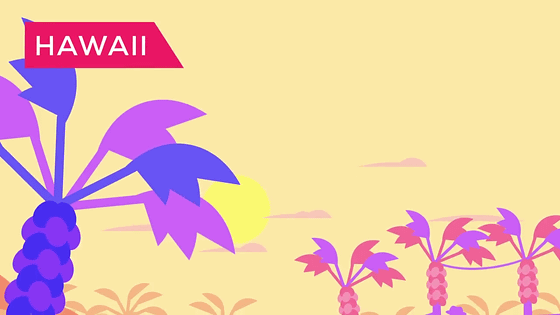
In the 1990s, papaya in Hawaii was suffering from a pestilence called "Circle Virus" and was hit by the crisis that papaya in Hawaii got completely annihilated.

The only solution was that the genetically modified papaya.

Thanks to this, there is a history that the papaya industry in Hawaii got out of the crisis of extinction and recovered.

· The future of genetically modified crops

What has been spoken so far is only a limited example of genetically modified crops.

99% of genetically modified crops are related to insecticides.

However, it is expected that the development of genetically modified crops that will improve human diet is expected in the future.

"Murasaki tomato" which contains a lot of antioxidant components ... ...
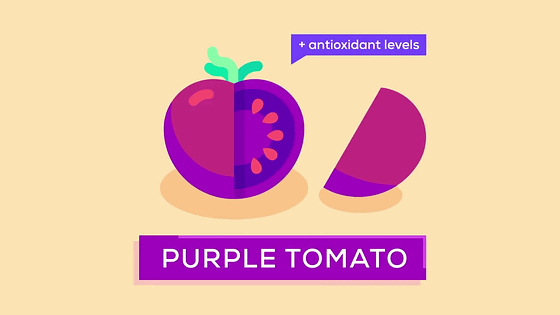
The appearance of "golden rice" including a lot of beta carotene is one such example.

In addition, research on genetically modified crops that can withstand climate change is under way.

Research on crops that have characteristics that exerts a good influence on the environment is underway. A plant that absorbs a lot of nitrogen in the atmosphere is an example.
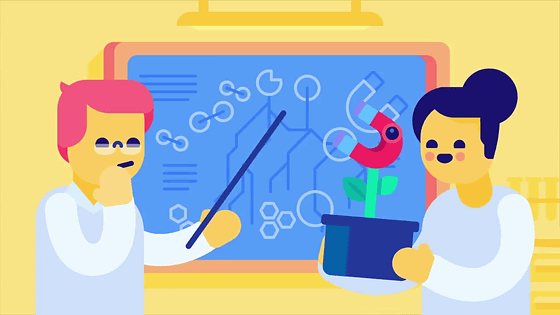
The main ingredient of the fertilizer given to the crop is nitrogen, but many of the given nitrogen pollute the water source and cause climate change.

Therefore, when crops that absorb nitrogen in the atmosphere by themselves to nourish are born, it is possible to solve "two problems" at once.

The problem is overuse of fertilizer in industrialized countries and shortage of fertilizer in developing countries.

It is also expected that genetically modified crops that absorb greenhouse gases by absorbing much carbon dioxide in the atmosphere like the "American greens" trees, will make global warming a problem to be solved.

A conclusion
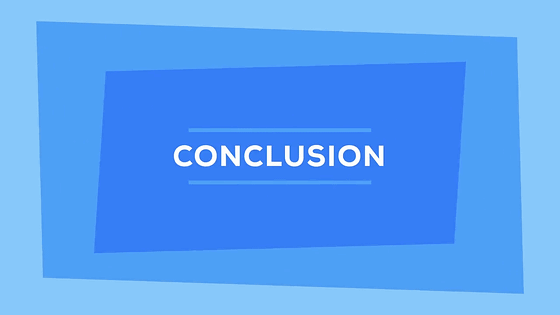
On the Earth where the population continues to increase, food crisis is predicted to come in the future.

In order to secure missing foods, humans will destroy nature and change cultivation and farming to agricultural land. And there are many fertilizers and medicines there.
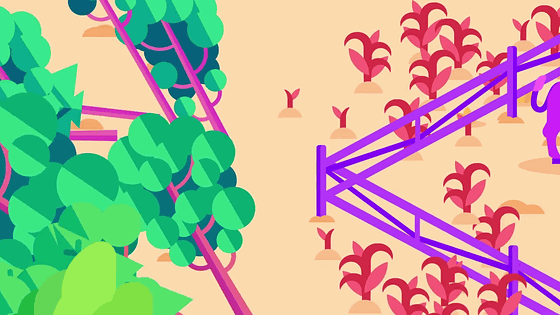
Another way is to increase the efficiency of agriculture by using genetically modified crops.
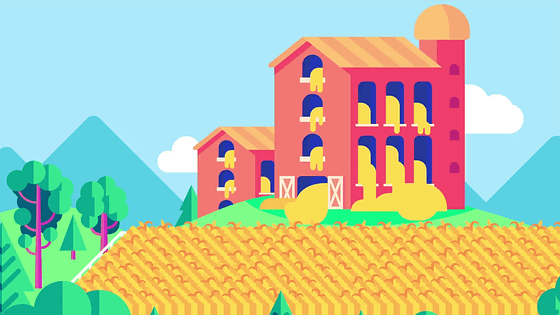
Genetically modified crops may change agriculture's way of thinking and at the same time reduce the impact of irresponsible behavior on nature by humans.
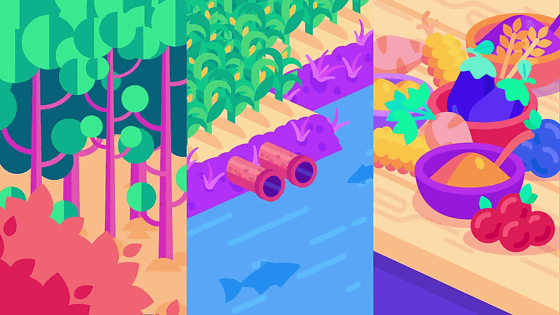
It is the conclusion of Kurzgesagt - In a Nutshell that genetically modified crops may become the most powerful weapon to protect the Earth's ecosystem.

Related Posts:







